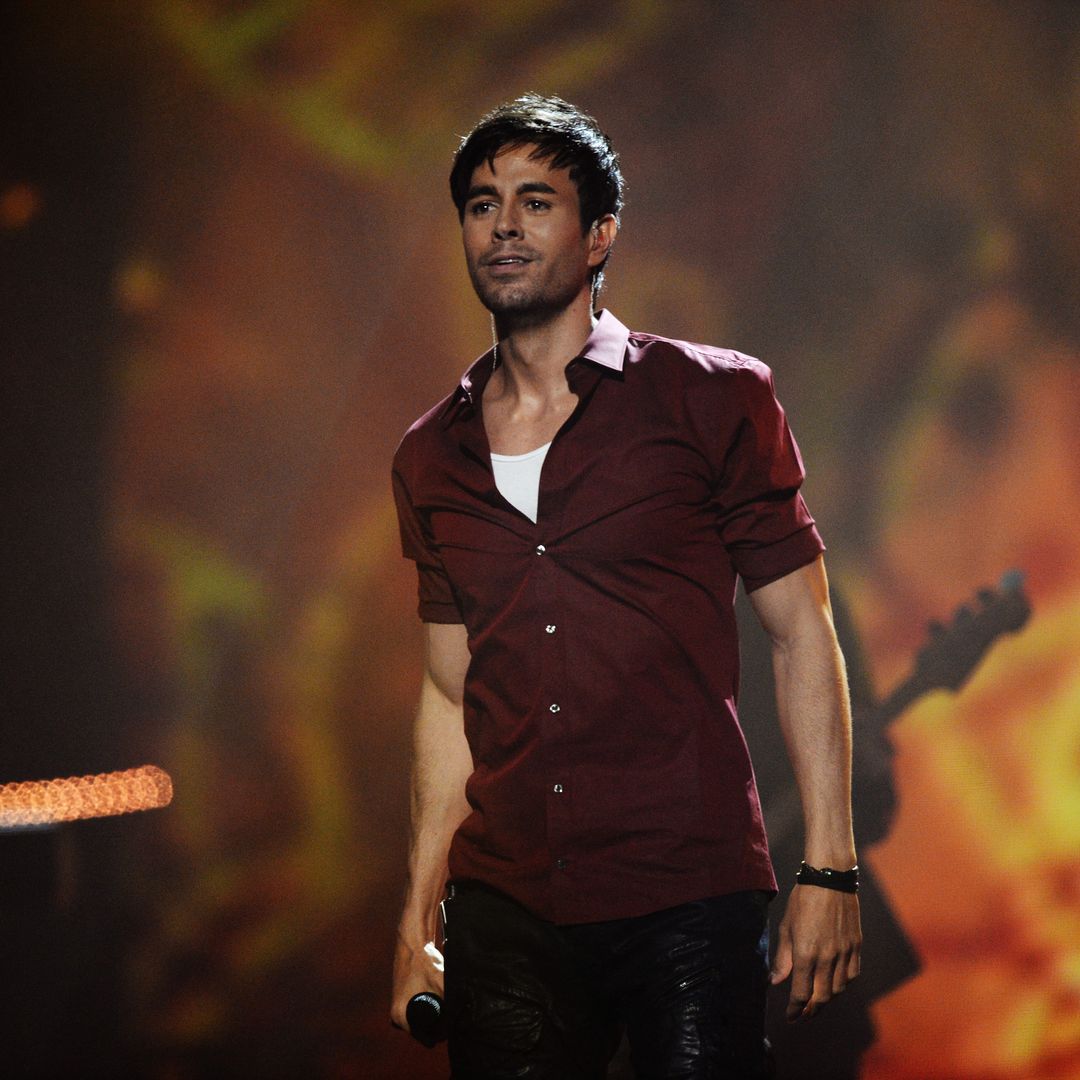Who was The Queen Mother?
When it emerged that the Honourable Elizabeth Angela Marguerite Bowes-Lyon was engaged to be married to Albert, Duke of York, the celebrated diarist and Tory MP Chips Channon lamented: "There is not a man in England today who doesn't envy him. The clubs are in gloom."
Throughout her life, the Queen Mother lost none of the legendary charm which prompted his response. She was one of the most popular members of the British royal family and, despite the ebb and flow of the monarchy's popularity, she remained a much-loved figurehead for the country until her death on March 29, 2002, aged 101.
Her Early Life
Born on August 4, 1900, the penultimate of ten children, Elizabeth spent her early years near London, before moving to Glamis Castle, in Scotland, as a child. When World War I drew to a close, the 18-year-old Elizabeth "came out" in society and was presented to the King and Queen, as befitted an "It" girl of the time.
The young debutante did not meet her future husband, Bertie, until a year later. Although she didn't realise it, the King's son had fallen in love with her immediately, and asked for her hand in the spring of 1921. But, much to his and his parents' dismay, she turned him down. When he proposed a second time in January 1923, however, she accepted and the couple were married at Westminster Abbey on April 26, 1923.
Her Accession
Prepared for a life as the Duchess of York, Elizabeth found her world rocked when Bertie's brother, David - Edward VIII - abdicated in 1936. But ever practical and pragmatic, the dark-haired beauty, then the mother of two daughters, Elizabeth (born 1926) and Margaret (born 1930), quickly addressed herself to her new role. On May 12, 1937, her husband Albert was crowned George VI, to convey a sense of stability and continuity with the reign of his father, George V.
Queen Elizabeth, as she was now known, came into her own during World War II. Plans to move the royal family to North America were dropped at her request and her seeming indefatigable efforts during the six-year conflict led to Hitler to describe her as "the most dangerous woman in Europe".
In the course of the conflict, she and the King covered nearly half a million miles in the royal train, visiting bombed areas throughout the country. Seven years after the war ended, the King died peacefully at Sandringham. The Queen carried on with her royal duties, and made over 40 official visits abroad, in addition to her tireless work in Britain.
She was patron or president of around 350 organisations, and Colonel-in-Chief or Honorary Colonel of many UK and overseas regiments. Until 1981, she was Chancellor of London University. In 2000, she celebrated her 100th birthday and, although she was loath to celebrate it with a big party, the nation thought otherwise, and held a huge jamboree in London to mark the birthday of this grandmother of six and great-grandmother of nine.









